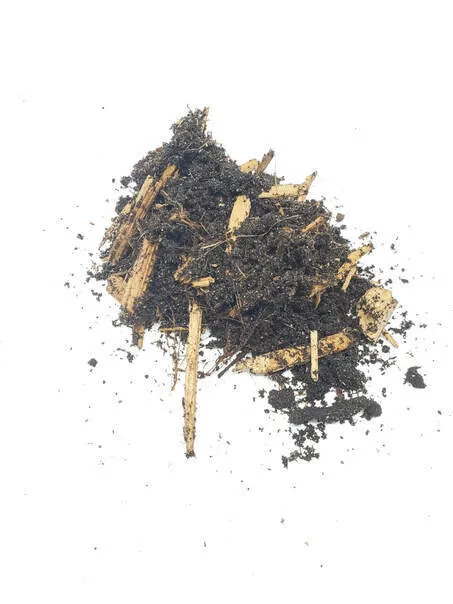Tarantula Substrate Top 5 Picks An Overview
Choosing the right tarantula substrate is crucial for your pet’s health, happiness, and overall well-being. The substrate serves as more than just a floor covering; it regulates humidity, provides a burrowing medium, and influences the overall microclimate of your tarantula’s enclosure. With a plethora of options available, it’s easy to feel overwhelmed. This guide simplifies the selection process by highlighting the top five substrate choices, discussing their pros and cons, and providing insights to help you make an informed decision. This article will explore a variety of substrates, comparing and contrasting their suitability for different tarantula species and their specific needs. We’ll delve into the key factors to consider, from moisture retention and mold resistance to the tarantula’s natural behavior and habitat preferences. Your goal is to create an environment that mimics your tarantula’s natural environment, promoting its health and encouraging natural behaviors. The following options represent some of the best and most popular substrate choices for your tarantula.
Coconut Fiber The Best Choice?
Coconut fiber, also known as coco coir, is a widely popular choice for tarantula enclosures. It’s made from the husks of coconuts and offers excellent moisture retention, making it ideal for species that require higher humidity levels. This substrate is generally readily available at most pet stores or online retailers, often in compressed bricks that expand when water is added. It is favored by many keepers. One of the key advantages of coconut fiber is its natural origin, making it a sustainable and eco-friendly option. It also tends to be relatively clean and free of pests, providing a safe environment for your tarantula. Its texture is soft enough for burrowing species to create tunnels. Overall coconut fiber is a great substrate to consider.
Pros of Coconut Fiber
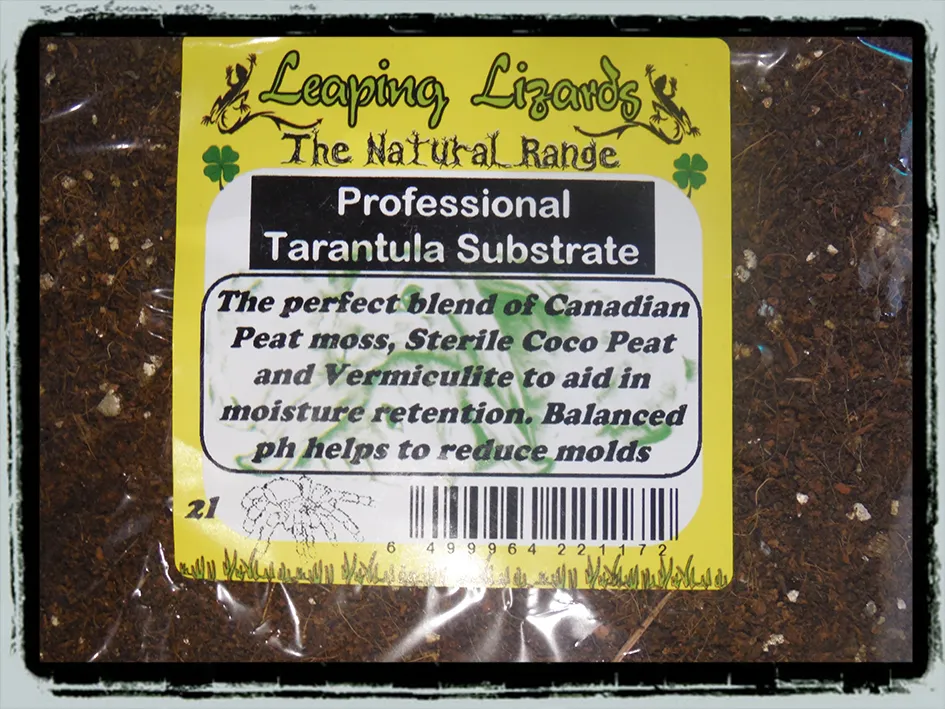
Coconut fiber has several advantages that make it a top choice for tarantula keepers. Firstly, it’s excellent at retaining moisture, which helps in maintaining the humidity levels essential for many tarantula species. The ability to hold moisture also helps reduce the frequency with which you’ll need to mist the enclosure. Secondly, coconut fiber is relatively easy to clean and maintain. You can spot-clean the substrate by removing any waste or uneaten food, and complete substrate changes are typically less frequent compared to some other options. It is a natural, biodegradable product, making it an environmentally friendly choice. Coconut fiber also resists mold and mildew growth, providing a healthier environment for your tarantula. Finally, it is often readily available and relatively affordable, making it an accessible option for all tarantula keepers.
Cons of Coconut Fiber
Despite its many benefits, coconut fiber does have some drawbacks. One potential issue is the possibility of mold growth if the substrate becomes excessively wet or if ventilation in the enclosure is poor. Over time, the substrate can break down, potentially affecting the structural integrity of burrows made by burrowing species. Also, some keepers find that coconut fiber can be messy, especially when a tarantula disturbs it during digging or feeding. Although generally safe, some individuals might be sensitive to coconut fiber dust, so it’s important to handle it carefully when setting up or cleaning the enclosure. While it is a great choice, be mindful of these cons.
Sphagnum Moss A Good Option?
Sphagnum moss is another popular choice for tarantula enclosures, especially for species that require higher humidity. It’s a natural product derived from dried sphagnum moss. Its excellent moisture retention capabilities make it suitable for creating and maintaining humid microclimates. Sphagnum moss can be used on its own or mixed with other substrates, such as coconut fiber, to enhance humidity control and provide a more naturalistic environment. It is a readily available and a cost-effective option for tarantula care. Proper use of sphagnum moss can significantly benefit the health and well-being of your pet tarantula.
Pros of Sphagnum Moss
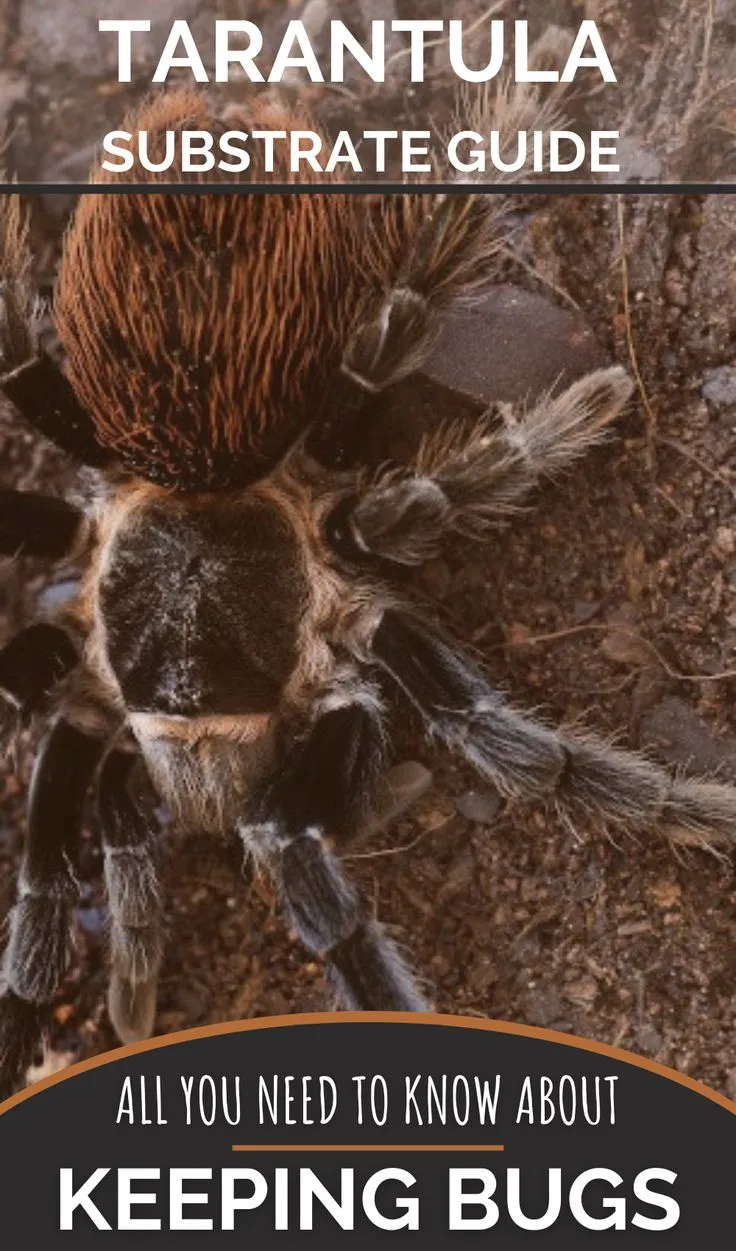
The key advantages of sphagnum moss are its exceptional moisture retention and its ability to create humid microclimates. It is particularly beneficial for tropical and arboreal tarantula species that thrive in high-humidity environments. Sphagnum moss can also help in preventing mold growth and provides a natural aesthetic to the enclosure. It is a natural product, offering a safe and aesthetically pleasing option for tarantula habitats. Some keepers appreciate its ability to create a more natural-looking enclosure. Sphagnum moss can also be mixed with other substrates, such as coconut fiber, to improve humidity control and add to the overall appeal of the enclosure.
Cons of Sphagnum Moss
Sphagnum moss can present certain challenges. It tends to dry out relatively quickly if not kept moist, requiring regular monitoring and misting to maintain the desired humidity levels. If the moss is not properly maintained, it can become a breeding ground for mold and bacteria. This can be a concern for tarantula health. In addition, some keepers find that sphagnum moss can be difficult to clean. It can also mat together, reducing air circulation within the enclosure, if it is not handled properly. Although it offers several benefits, it is important to be aware of these factors to ensure a healthy and safe environment for your tarantula.
Peat Moss Is It Suitable?
Peat moss, derived from partially decayed plant matter, is another substrate option for tarantulas. It offers good moisture retention and is relatively inexpensive. Often found in garden centers, peat moss provides a slightly acidic environment, which can be beneficial for some tarantula species. However, it’s important to choose peat moss that is free of additives, pesticides, or fertilizers to ensure the safety of your tarantula. When properly prepared, peat moss can be a suitable option for creating a naturalistic habitat. It is important to do your research before using it.
Pros of Peat Moss
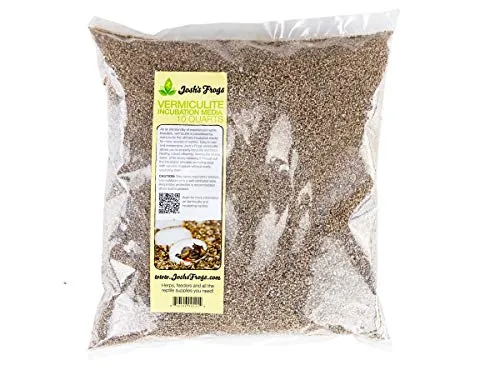
Peat moss offers several advantages that make it a viable substrate choice. It has excellent water retention, making it suitable for tarantulas that require higher humidity levels. It is also readily available and generally inexpensive. It provides a slightly acidic environment that can help prevent the growth of certain bacteria and fungi. Peat moss also provides a naturalistic look and feel, enhancing the overall aesthetics of the enclosure. Also, it is relatively easy to clean and maintain, making it a practical choice for many keepers.
Cons of Peat Moss
Peat moss also has its limitations. It can be dusty, which might irritate the tarantula’s respiratory system. It can also compact over time, reducing the airflow within the enclosure, which may lead to problems for the tarantula. Also, some varieties of peat moss can contain additives or fertilizers, so it’s essential to source a product that is free of any potentially harmful chemicals. Although peat moss can be beneficial, it’s important to be aware of these potential downsides and take the necessary precautions when using it. Proper preparation and maintenance are essential for ensuring your tarantula’s safety and well-being.
Topsoil The Budget Friendly
Topsoil is a budget-friendly option that provides a natural and burrowing-friendly environment. It is often readily available and inexpensive. It is a great option for tarantulas that dig. Make sure to use topsoil that is free of fertilizers, pesticides, and other chemicals. This option will mimic their natural environment. It’s a practical choice for creating a habitat that encourages natural behaviors.
Pros of Topsoil
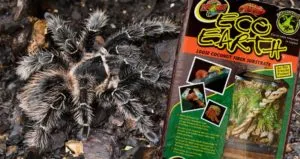
Topsoil is affordable and readily accessible. It’s an excellent option for burrowing species, allowing them to create tunnels and maintain their natural behaviors. The natural composition of topsoil can provide a sense of familiarity and security for the tarantula, mimicking their natural environment. It also retains moisture well, contributing to the humidity levels needed by many species. Topsoil can be used in conjunction with other substrates to enhance the overall habitat. It is a great option when you are on a budget. Overall topsoil is a practical choice.
Cons of Topsoil
Topsoil requires careful sourcing to avoid contaminants, such as pesticides or fertilizers, which can be harmful to tarantulas. It can be messy, and the substrate may get disturbed during feeding or when the tarantula digs. It’s important to monitor the topsoil for any signs of mold or pests, which can be detrimental to your tarantula’s health. Topsoil can also compact over time, reducing its ability to retain moisture and potentially hindering the tarantula’s burrowing activities. Careful preparation and monitoring are essential when using topsoil.
Vermiculite Is It Safe?
Vermiculite, a hydrated magnesium aluminum silicate mineral, is sometimes used in tarantula enclosures. It is known for its excellent water retention and aeration properties. Vermiculite is often mixed with other substrates to enhance the overall environment. It is a good option for maintaining humidity. Its ability to absorb and release moisture slowly makes it useful for controlling the enclosure’s microclimate. It is crucial to use vermiculite that is free of any additives or treatments to ensure your tarantula’s safety. The mineral’s properties make it valuable in tarantula care.
Pros of Vermiculite
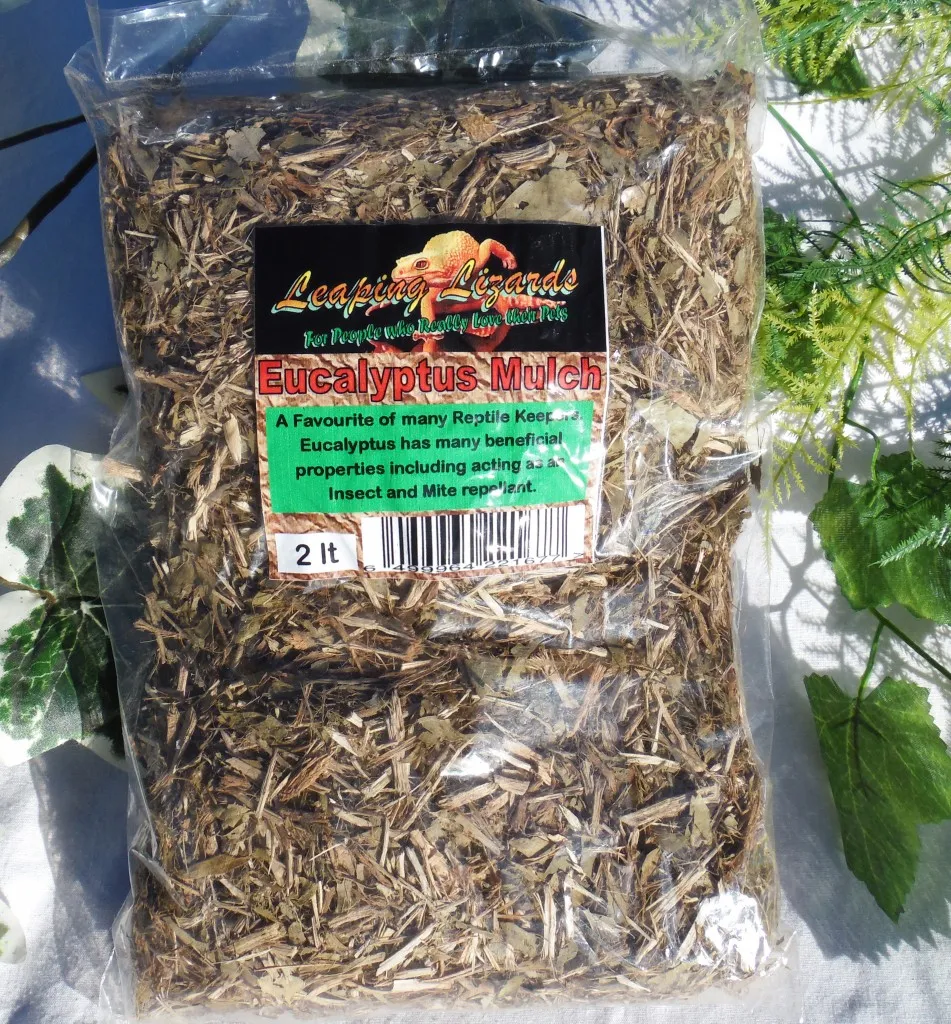
Vermiculite’s primary advantage lies in its ability to retain and slowly release moisture. This is crucial for maintaining humidity levels in the enclosure, especially for species that require higher humidity. It also improves aeration within the substrate, which promotes a healthier environment. Vermiculite is lightweight, making it easy to handle and mix with other substrates, such as coconut fiber or peat moss. It can help in reducing compaction, which is beneficial for burrowing tarantulas. It is a great tool for tarantula care.
Cons of Vermiculite
Vermiculite can sometimes trap excess moisture if not used appropriately, which can lead to the formation of mold. It is not a natural substrate, and it can pose risks if ingested by a tarantula. Some keepers find that vermiculite can be dusty, which might cause irritation if inhaled. If using vermiculite, it is crucial to monitor the substrate carefully and ensure that the enclosure is well-ventilated to mitigate any potential issues. It is not a main substrate, more like an additive. The key is to be very careful with the use.
Final Considerations Choosing the Right Substrate
Choosing the right substrate is a multifaceted process, requiring consideration of your tarantula’s species, its natural habitat, and its specific care needs. Different species have different requirements. Some tarantulas thrive in humid environments, while others prefer drier conditions. You must consider your tarantula’s natural habitat to provide the most appropriate substrate. For example, terrestrial species that burrow may benefit from a substrate like topsoil or a mix of coconut fiber and peat moss. Arboreal species, which spend most of their time in trees, may need a substrate that supports climbing, such as a mix of coconut fiber and sphagnum moss. Your substrate should provide the proper humidity level. Also, you want to promote their natural behaviors. Regular maintenance is essential to maintain a healthy environment for your tarantula. It involves spot-cleaning the substrate to remove any waste or uneaten food and replacing the substrate periodically. The right substrate choice sets the foundation for a happy, healthy tarantula.
